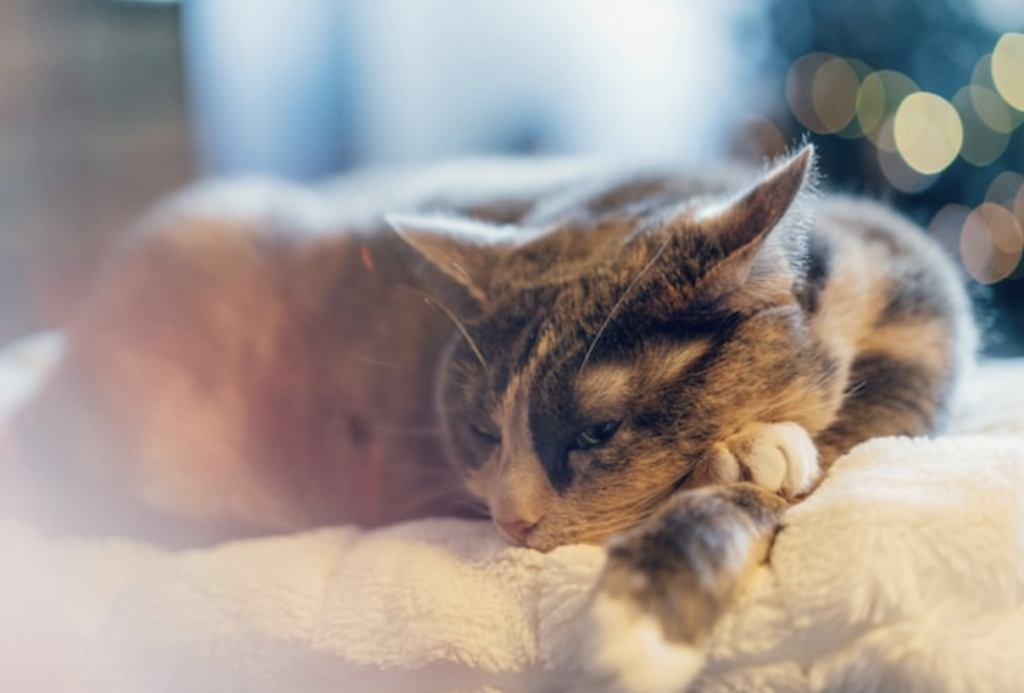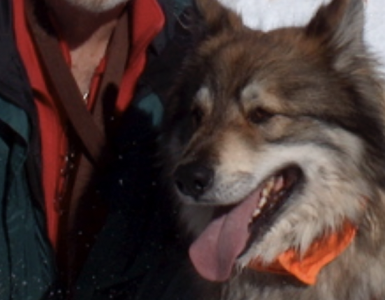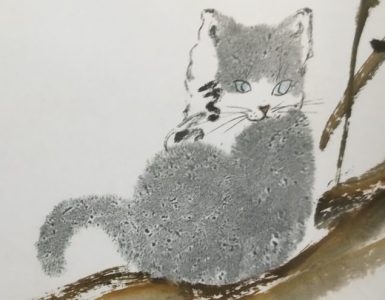
In November, Lion’s Roar published the following article on euthanizing pets as an act of compassion. In that magazine, previously known as the Shambhala Sun, James Ishmael Ford, the senior teacher for the Empty Noon Zen Network (Formerly the Blue Cliff Sangha) answered the following question:”
“Question: I’m aware of the Buddhist exhortation not to kill, but my cat’s health is declining and there’s no doubt his pain can only be managed for so long. When, if ever, is it okay to put your pet down, and how do you work with it when the time comes?”
“Answer: These days, when our pets live well beyond what used to be normal, the chance of having an aging pet who is near death and in pain is pretty good. My spouse, Jan, and I have had cats who died at home of natural causes, but more than a couple of times we’ve had to hold a beloved cat as the veterinarian administered the fatal dose. That trip to the vet is especially hard. If we didn’t find ourselves crying at the very moment, the tears came soon after.
I feel that when we take on the responsibility of loving and caring for an animal companion, it is for a lifetime. And I hope that as Buddhists we’re also conscious of the precept not to kill. However, neither commitment means that the end must be a time of unnecessary suffering. Euthanasia literally means “a gentle and easy death.” One of the obligations we undertake in accepting a relationship with a pet is to be honest with ourselves when the end is near and their suffering is obvious, and to live up to one more responsibility: to call the end.
Consulting with your vet, having the people who should be there, present, and with or without tears, ending the untenable hurt of our animal companion is more than just our moral obligation. It is the great mess, the mix of joy and sorrow, the play of karma, the fullness of our lives.”





Add comment